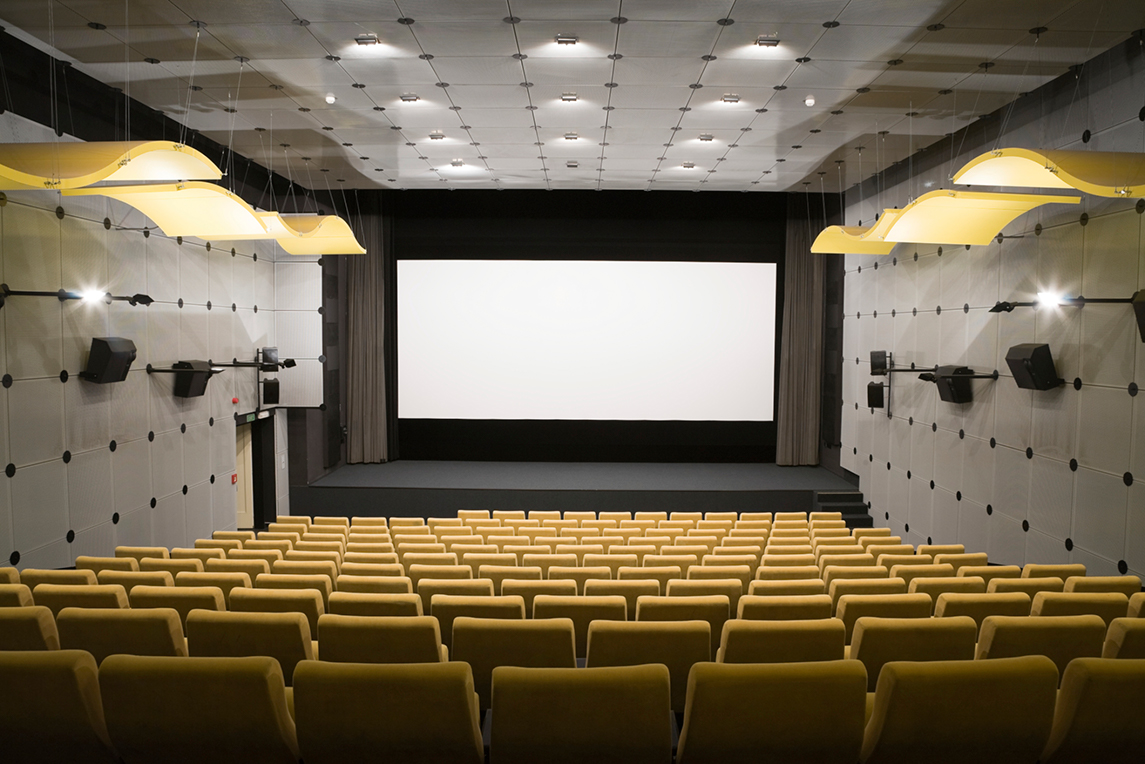Hello everyone;
I think there is no need to tell you about the importance of lighting in our lives. In the oil lamps that people made to use the light, whale oils have been replaced by oil that made the Rockefeller family rich.
Let me summarize lighting for you.
We go to IKEA and we love a product on the shelf. We bring it home and then we realize that the product we brought home does not give the same atmosphere as the one on the shelf. This is not a coincidence, on the contrary, it is the magical effect that lighting has on us. Thanks to this effect, companies make very good sales.
There was an academic article I read recently. The article was published on an architectural platform and contained interesting information about how “light refractions and furniture can stand in harmony”.
Let’s add a parenthesis here… “The unit of intensity of light is called “lux”, 1 lux is equal to 1 candle light, while the amount of light emitted from a source is called “lumens”.”
Architects are now calculating how many lumens of light should come on which type of material so that it can look more aesthetic and stylish. Of course it should.
Then.. let’s start this article 🙂
Content
The development of lighting may be one of architecture’s greatest contributions to itself
Lighting plays a vital role in the way we humans experience and understand architecture. Whether buildings and structures are naturally or artificially lit, lighting is a tool that allows us to see and appreciate the beauty in the buildings around us.
Lighting can add emotional value to architecture – it helps create an experience for those who occupy the space. Without lighting, would the architecture not make sense? Would it still have the same effect? No, it wouldn’t. Whether daylight or artificial lighting, light helps architecture achieve its true purpose by drawing attention to the textures, colors and forms of a space. Vision is the single most important sense in which we enjoy architecture, and lighting further enhances the way we perceive it.
To create a successful balance between lighting and architecture, it is important to remember three key aspects of architectural lighting: (1) aesthetics, (2) function and (3) efficiency. Aesthetics is where designers and architects focus on the emotional impact of the balance of lighting and architecture on building occupants. It is where designers determine how they want people to feel when they walk around a space. This aspect is especially important for retail locations; the exterior lighting should draw the consumer in and show the product, as well as the interior lighting should surprise them as they walk through the doors.
The second aspect, function, cannot be overlooked. We want lighting to look a certain way, but we also need to make sure it serves its most important purpose – to help us see. Spaces should be lit so that building occupants feel safe as they move around a room or the entire building. They should be able to see the floor and walls around them, which should create a sense of trust.
The last aspect is very important in today’s era of green building and sustainability movements. It is one thing to create a breathtaking lighting scheme, but it is another to create a breathtaking scheme that is also incredibly energy efficient. This can be done by ensuring that the majority of light reaches its destination and that there is less wasted light. Reducing the amount of wasted light will make the building more efficient. An easy way to do this is to install LEDs instead of fluorescent lighting. Due to the technology, it is a fact known to all that there is less wastage in LEDs than fluorescent due to the directional nature of LEDs.
Richard Kelly (1910-1977): Pioneer of Modern Day Lighting
He was one of the lighting pioneers who began using it as an architectural element. He studied at Yale University’s School of Architecture in the early 1940s and subsequently completed an impressive 300+ projects in his 40-year career. His theories and teachings changed the face of lighting design as a profession and he remains one of the most influential people in the industry.
In his lecture “Lighting as an Integral Part of Architecture” (1952), Kelly discusses three “basic types of light” that still act as the heart of lighting design today.
- Focal glare – Today this type of light is called task lighting. It draws attention to important elements and draws attention to spaces while making it easier to see.
“… Instruction creates a brighter center; it tells us what to look for, it organizes, it marks the important element. ” – Richard Kelly on the glow of focus.
- Ambient light – This is also known as general lighting or ambient lighting. It is the background lighting that illuminates the entire space. It should be even and uniform, leave no shadows and make people in the space feel safe.
“It [ambient lighting] minimizes form and volume. It minimizes the importance of everything and people. Space can suggest freedom and suggest infinity. ” Richard Kelly, on ambient luminosity.
- The Play of Brightnesses – Also known as accent lighting, this layer can be dynamic and colorful and aims to move people and emotions.
“… optical viewing angles activate the nerves and in turn stimulate the body and spirit, stimulate the appetite, arouse curiosity, sharpen the intellect.” – Richard Kelly,
Having discussed his theoretical statement on illumination, he moves on to “certain qualities attributed to it [light] by the regular occurrence of certain effects”, The first quality is intensity, or “the total amount of luminous flux moving toward a surface”. The light incident on a surface is usually measured in foot candles or lux. The second is brightness, which is “the amount of light per unit area reflected or emitted from a surface or area”.
The third quality is diffusion. Diffusion is the reflection of light from a surface, such that an incoming beam is reflected from many angles, not just one, and a uniform light is emitted. Kelly describes this quality as “best illustrated by a clear white sandy beach on a completely cloudy day”. A large light source should not cast any shadows, and a small light source will produce sharp shadows, he argues.
The fourth attribute is spectral color, which is the color evoked by a single wavelength of light or a narrow band of wavelengths (monochromatic light) in the visible spectrum. The fifth and sixth are direction and movement. Direction refers to the direction of light relative to eye level, because motion means “the actual and implied movement of light”. When studying the direction of lighting, research has shown that the placement of light sources can make people feel in different ways. Kelly explains that lighting placed above eye level can create a sense of restraint to create a “formal atmosphere”. But lighting placed below eye level can create a sense of “individual human importance”, creating an informal atmosphere.
How Do Light and Architecture Work Together?
Before going into how light and architecture influence each other, it is important to know the main categories of buildings and what each one is trying to achieve with lighting. The first group (public buildings) are sports arenas, libraries, hospitals, etc. These types of buildings are more about providing the right amount of light for tasks and other types of activities. Sporting events like soccer require the right amount of light so that the players on the field can see and so that the spectators can see the field. It is also important for spectators to get to and from their seats and to navigate the rest of the arena/stadium. It has the same concept as libraries and hospitals. In libraries, library residents need to have appropriate light levels that are not exaggerated in order to read, write and find books on the shelves, while hospitals need high light levels for doctors and nurses to do their jobs successfully.
The second group (government buildings) consists mainly of warehouses and office buildings. Their number one concern with lighting is efficiency. With the high energy consumption of these properties, they cannot afford to spend a fortune on lighting and the electricity it consumes. With the rising green building trends, it is important to have energy efficient and sustainable lighting.
The third and last group (special buildings) are museums, theaters, etc. These buildings rely heavily on the atmosphere and the experiences they can provide. They are concerned with improving the appearance of architectural spaces and elements. When people go to the theater to see a play or musical, they expect an experience before the show starts. They want to see a beautiful chandelier welcoming them in the lobby, luxurious wall sconces illuminating the aisle all the way to their seats, and the area around the stage to be lit to highlight sculptures, columns and other architectural features.
The Spatial Limits of Lighting
To enhance architectural elements and evoke emotions, it is important to understand spatial boundaries and how to properly illuminate them. For example, to enhance vertical boundaries, light should be directed onto wall surfaces. If there is a wall with a different texture, or simply a wall that occupants should notice more than others, wall washing is a great tool (Image A). It will draw attention to the wall and make it look like its own architectural element rather than part of an entire room. This can be used in retail outlets to draw more attention to wall displays.
Horizontal borders can be emphasized by lighting the floor and ceiling. By illuminating the floor, objects and pedestrian surfaces are illuminated. This is especially important in dark spaces such as movie theaters and nightclubs. Ambient and accent light levels are so low that not enough light reaches the floor and therefore the floor must be illuminated (Image B). When properly executed, this can serve as task and accent lighting. If light needs to be diffused into the room, illuminating the ceiling can be a successful strategy. It helps to create a uniform light throughout the entire room and provides appropriate light levels without using direct light on objects.
Once the vertical and horizontal borders have been illuminated, it is important not to forget to illuminate architectural elements. Lighting poles, arches, textures, etc. can distract attention from a room as a whole and force the eye to focus on the illuminated architectural elements (Image C). In a room full of color and architectural elements, it is sometimes difficult to make certain areas stand out. Light can help with this problem by making these elements more prominent. This tactic can be used for interior and exterior lighting applications.
Common Architectural Elements
Architects use many different types of materials to change the way light enters a building and the way artificial light interacts with interior architecture. One of the most common structural materials is glass. Whether they use completely transparent or translucent glass materials, glass can have many different effects on buildings. Natural colors can change throughout the day as the sun reaches different points in the sky, which can change the colors of light entering a building. The appearance of a building at noon can look completely different from the same building as the sun rises or sets.
A great example of the use of glass is the South American Baha’i House in Santiago, Chile. This building not only utilized the visual impact of glass and light, but also won the 2017 Architectural Lighting Magazine’s (AL) Outstanding Achievement, Whole Building Design Award. The concept behind the building was a “flower of light” and consists of nine cast glass petals. The spaces between the petals are made of transparent glass and act as skylights. The inside of the petals is lined with translucent white marble to let in enough light during the day. At night, artificial lights placed inside the leaves light up, transforming the structure.
The use of reflective surfaces can also transform a space. When light interacts with reflective floors, ceilings and walls, it can itself be perceived as an architectural element. Lighting on walls that continues all the way to the floor can create dimension in a short hallway or a small room and add a futuristic feel to a room.
As mentioned above, natural light can be a powerful tool that can transform architecture. A great example of the use of daylight is the Paul L. Foster Business and Innovation Campus at Baylor University. The main area of the building is illuminated by skylights that cover the entire ceiling. The goal of this building was to provide as much natural light as possible while reducing unwanted light at various times of the day. To achieve this goal, the skylights include different angles to adapt to the different angles of the sun throughout the day. This helps to reduce direct light that can cause discomfort. The higher levels of the building are slightly set back, exposing the lower floors to allow light to reach them. There are also glass staircases to help light pass from one floor to another. This efficient and creative building design received the 2017 AL Design Award for Best Use of Daylight.
Architectural lighting is as important as the architecture itself. Using different materials, colors and textures with different types of lighting can affect how people feel and how they experience a space. Whether it’s natural or artificial light, it makes us appreciate architecture and notice aspects that we don’t see without lighting. Next time you are in a museum, office building, library, sports field, etc., take a moment to observe lighting and how it adds value and interacts with architecture 🙂
Hope to see you in the next article;





